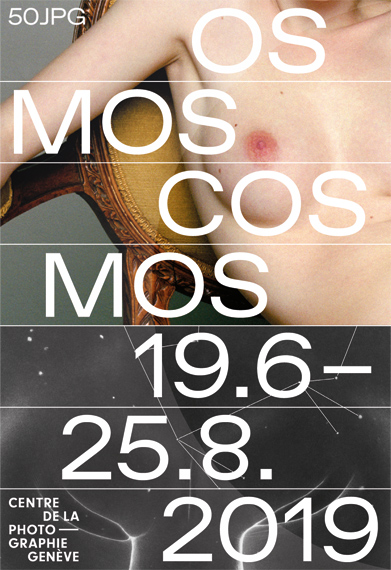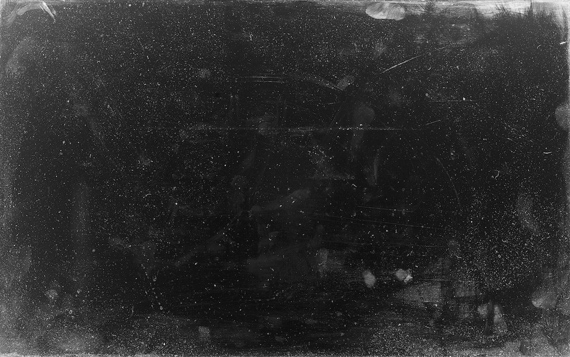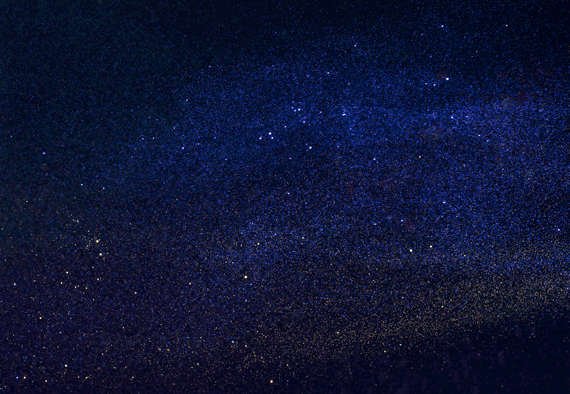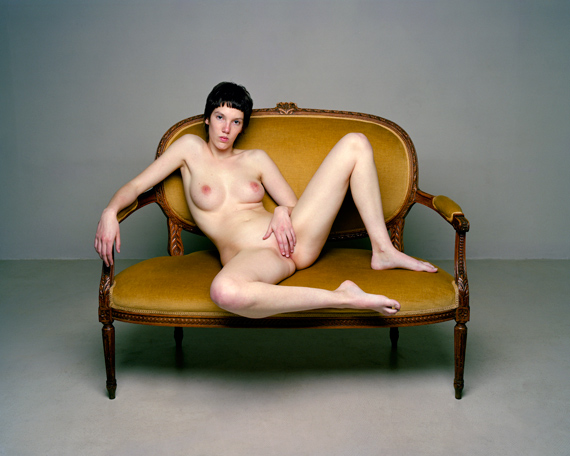
50JPG - 50 Days for Photography in Geneva
OSMOSCOSMOS - www.50jpg.ch
Annelies Štrba » Romy Alizée » Nobuyoshi Araki » Jane Evelyn Atwood » Ursula Böhmer » Dorothée Elisa Baumann » Hélène Bellenger » Mathieu Bernard-Reymond » Renate Bertlmann » Viktoria Binschtok » Mauren Brodbeck » Florence Chevallier » Olivier Christinat » Nicolas Crispini » Bunu Dhungana » Christoph Draeger » Ray Eames » Charles Eames » Sandrine Elberg » Hans-Peter Feldmann » Sylvie Fleury » Enrique Fontanilles » Paul-Armand Gette » Christiane Grimm » Barbara Hammer » Astrid Jahnsen » Denis Jutzeler » Philipp Keel » Pierre Keller » Majida Khattari » Martin Kippenberger » Jürgen Klauke » Cyril Kobler » Urs Lüthi » Urs Lüthi » Amélie Labourdette » Jean-Jaques Lebel » Leigh Ledare » Eden Levi Am » Armin Linke » Fred Lonidier » Lee Lozano » Manon » Edgar Martins » Angela Marzullo » Fabio Mauri » Mauricio Dias & Walter Riedweg » Michel Mazzoni » Susan Meiselas » Bjørn Melhus » Falk Messerschmidt » Boris Mikhailov » Carlo Mollino » Verita Monselles » Gianni Motti » Jean-Luc Moulène » Aurélie Pétrel » Orhan Pamuk » Walter Pfeiffer » Peter Piller » Pierre Radisic » Catherine Radosa » Koka Ramishvili » Thomas Ruff » Gregor Sailer » Stuart Sandford » Viviane Sassen » Lina Scheynius » Jo Spence » Jules Spinatsch » Annie Sprinkle » A. I. Steiner » Elizabeth Stephens » Clare Strand » Danila Tkachenko » Grazia Toderi » Patrick Tosani » Nicole Tran Ba Vang » Yves Tremorin » Jan van Ijken » Gilles Verneret » Liliane Vertessen » Christian Waldvogel » Charles Weber » Patrick Weidmann » Barbara Wolff » & others
Festival: 19 Jun – 25 Aug 2019
Tue 18 Jun 18:00

CPG Centre de la Photographie Genève
Promenade des Bastions 8
1205 Genève
+41(0)22-3292835
cpg@centrephotogeneve.ch
www.centrephotogeneve.ch
Tue-Fri 11-18; Sat 11-16:45; Thu 11-20

The exhibition OSMOSCOSMOS attempts to bring together two universes that are too rarely associated in our monotheistic cultures where sexuality is marked by guilt: Eros and cosmos. We can describe them as dynamic, as not static, not stable, not fixed. Jean-Pierre Vernant (1), specialist in ancient Greece and its myths, describes the meeting of the two: Eros - always in motion, between men and gods - witnessed the birth of the universe, allowing Uranus and Gaia to procreate. Gaia, who is emancipating herself from Chaos, needs the energy of Eros to unite with Uranus. Lying on his back and mating with Gaia, Uranus refuses to withdraw, despite the Titans they have just spawned and who are waiting to be born. Gaia encourages her future children to revolt and places a sickle handle in young Cronus' fist. He grabs the object to use it as a weapon and cuts off his father's sexual parts. This immense pain forces Uranus to pull away from Gaia with vehemence and upwards, forming the vault of the sky, the starry firmament, the Cosmos – forever.

In Greek mythology Eros plays an eminently important role at the time of the constitution of the cosmos. Eros is also described by Jean-Pierre Vernant as the force that is always moving, a bit like the cosmos which is constantly expanding. While Eros in his initial phase has the reputation of being a matchmaker, for example egging Uranus on to mate with Gaia, the exhibition OSMOSCOSMOS is attempting through photographic and videographic images to bring Eros and Cosmos together, or to put it in more modest terms to bring together images dealing with eroticism and ones referring to the cosmos, and vice versa.
The only image in the exhibition that is not photographic or videographic is an abstraction: Cosmic Fuck by Lee Lozano. This graphic work, constructed by the artist from the symbol of the infinite, contains within itself what the exhibition cannot convey visually: that moment of extreme exaltation in erotic union, between two beings, at the climax of ultimate arousal, that moment of shared pleasure which for a short moment of eternity makes us feel we are only one, in osmosis with one another, merging with the cosmos.
Through their descriptive power photographs and videos retain an allusive nature, compared with the precision of Lee Lozano’s drawing which offers a representation of erotic osmosis. Isn’t it allusion among other things that distinguishes the erotic from the pornographic, the latter being duty bound to let everything be seen? The erotic imagination has been enriched by a large number of new erotic and sexual fantasies since the 1970s.
For very wide strata of society in the western world the struggle for sexual self-determination was played out in those years and it certainly constitutes a marker of the last century. In this sense the OSMOSCOSMOS exhibition is an attempt to follow the lines of the years from the "Summer of love" in 1967 up to the present day, and celebrate sexual desire outside all ideologies of suffering and guilt, of the type the monotheistic religions violently impose, just like the reaction to their oppression, not always more liberating, such as the Marquis de Sade and his advocates.
What was being played out then in contemporary art and in society, a possible overturning of patriarchy, started with the struggle for civil rights, for equality between women and men, between women and women, between men and men, and for respect for children. For OSMOSCOSMOS, the artists of those years form the starting point for a great diversity in representing Eros, also including criticism of the practices involving misogynistic representations that came into being at the same period, such as publishing businesses enjoying worldwide success such as Playboy or Lui(2); many artists unmask the apparent nature of genders, and throw overboard the coded roles of "masculine/feminine" (3).
The two themes, Eros and cosmos, are already almost inexhaustible. The construction of the exhibition has not followed lists of artists or thematic pointers. It is much more the outcome of a mental and physical wander during the last three years, with images gleaned in the way in which Mona gleans them in the film Sans toit ni loi. It is a juxtaposition of parallel worlds, not necessarily intended to be found under the same roof, under the same law.
Great changes have also taken place in astrophotography, but changes of a different nature, mainly thanks to computer-aided photography. If the next to latest outstanding moment in our extra-terrestrial relations was the landing of a Chinese probe on the "Dark Side of the Moon", the latest was the first photographic proof of a black hole, though it is not yet photography in the sense of the recording of a photon. It is no longer light rays, but sound waves coming from a distance of 53 million light years that have been recorded, then interpreted by Katie Bouman. She was the one who had developed the algorithm at the MIT which made it possible to coordinate all the data gathered by eight radio-telescopes across the world to produce the image we saw recently, that of the first black hole at the heart of the M87 galaxy.
OSMOSCOSMOS does not make use of scientific photography. Most of the images with references to the cosmos are the artefacts of photographers and artists. The images are derived from their imagination and not from a cosmonaut’s Hasselblad. Just one projection, with magazine and newspaper headlines, will sum up the conquest of space close to the earth, and an amateur astrologer woman photographer from Buenos Aires as well as two Genevan amateur astro-photographers will present part of what they have garnered, thanks to the major changes in the taking of shots, digital images and their computer enhancement, including a galaxy that was discovered by one of them. Two established artists are showing scientific photographs they have acquired at certain scientific institutions.
The exhibition design is the work of Alexandra Schüssler, the co-curator of OSMOSCOSMOS. The rooms are plunged into semi-darkness, illuminated only by the fixed and moving images and the lighting in the showcases where printed photographs are exhibited, whether they be fine-art prints, books or press photographs. This strategy of mounting in showcases or on the walls with projection recognizes the debt it owes to Aby Warburg. The historian of art and civilisations, side-lined during the 20th century and so prized in the 21st, had worked a lot with copies, "the experience of authenticity" was replaced in his case by an "experience of meaning". In that sense OSMOSCOSMOS, like all the CPG’s exhibitions, is relying on the"experience of meaning". It is an atlas to the most subjective constellations, inviting viewers to construct their own cosmos.
We are very grateful to the artists for agreeing to go along with us and alter the nature of their photographs, whether in a material way or in format. It is thanks to their participation in the exhibition project that OSMOSCOSMOS can offer constellations of images that make up a very subjective cosmos, or even an atlas.
We have also taken up the spirit of the dynamic catalogue, which means that apart from the publication you are holding in your hand, there is also a possibility of following the exhibition on the blog, with texts and images that react to the exhibition once it is opened, under the editorial direction of Sébastien Leseigneur.
However, despite the lack of space and other lacks, there is still room on this page to include these few lines, recollecting that other ways of life, different spiritual outlooks bringing together Eros and cosmos, dwell on the planet you are standing on as you read these lines. In his book Les Bûchers de Bénarès – Cosmos, Eros et Thanatos, Michel Onfray writes that "[In Indian erotic art] sex is simple, natural, in tune with the cosmos, never separated from reality, the world, life, other people, always there to remind us of the connection between the parts and the great whole."(4) And he goes on to develop his ideas: "Now sex is not everywhere, any more than it is nowhere. It is in the world, one force among thousands of others. There is a libidinal energy just as there is a spermatic potency of flowers, a reproductive force of astral bodies, a tropism of cosmic flows, a magnetism of animal vigour, all of them representing variations on the immaterial, invisible unique force." (5)
Joerg Bader
(1)
Jean-Pierre Vernant, L’Univers, les Dieux, les Hommes, Éditions du Seuil, Paris, 1999 p. 25–26. English edition, The Universe, the Gods, and Mortals, tr. Linda Asher, Profile Books, London, 2002, pp. 10–13
(2)
See the journal absolu, pub. by the singer Claude François who sometimes got involved in work as an "erotic" photographer.
(3)
This is also the title of an exhibition, one of the first to establish a kindred-spirit relationship between mainly Surrealist modern art, and contemporary art with its emphasis on eros. Féminin/Masculin, shown at the Centre Georges Pompidou in Paris in 1996, was organized by Marie-Laure Bernadac and Bernard Marcadé.
(4)
Michel Onfray, Les Bûchers de Bénarès – Cosmos, Eros et Thanatos, Éditions Galilée, Paris 2008, p. 66
(5)
Idem, p. 71–72 �

Words and Stars (Monologue), 2013-2017
Vue d'installation au MART, Rovereto, 2017
Photo : © A. Maniscalco

loveartlab.org, sexecology.org


















© JO SPENCE MEMORIAL ARCHIVE, RYERSON IMAGE CENTRE (TORONTO)
COURTESY OF RICHARD SALTOUN GALLERY, LONDON
